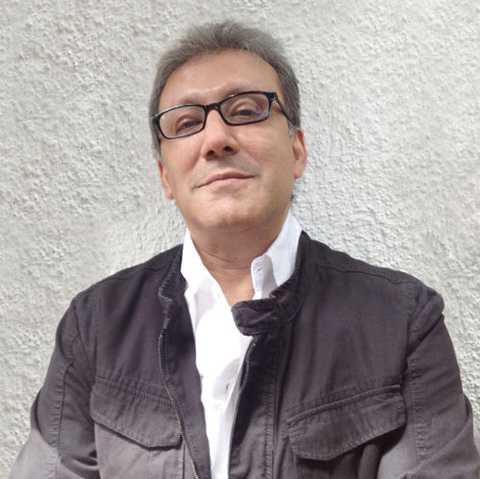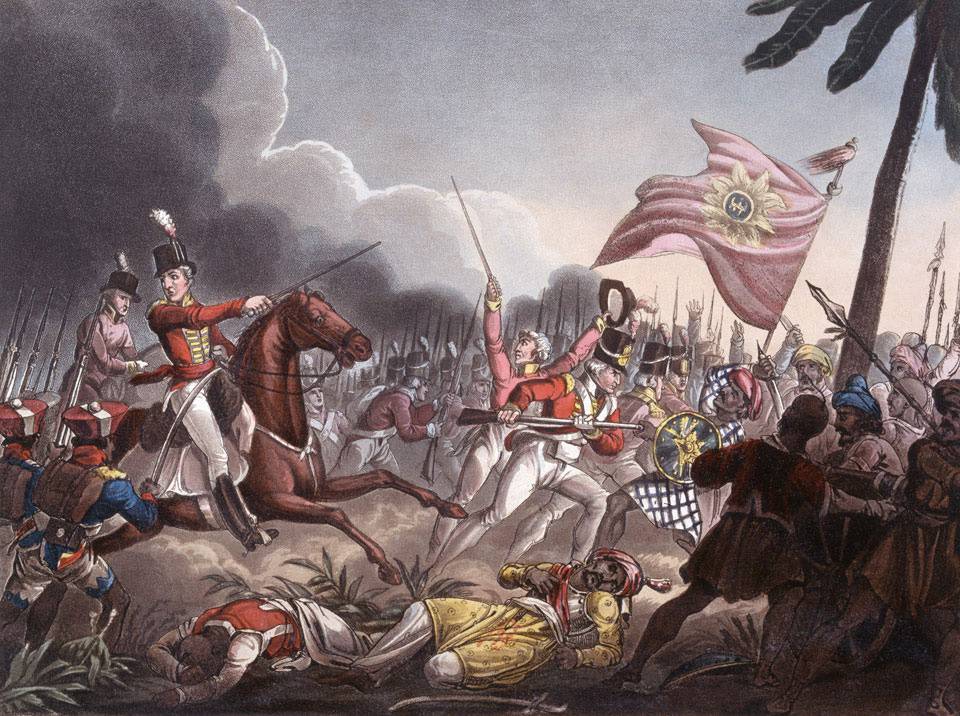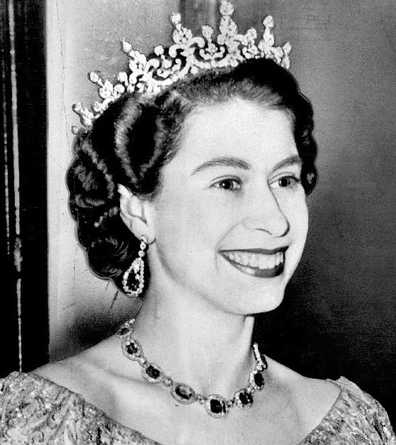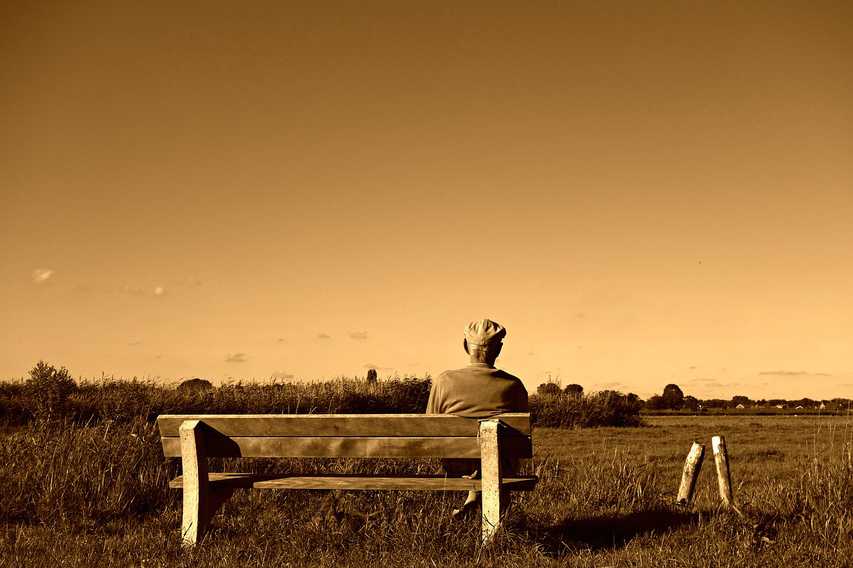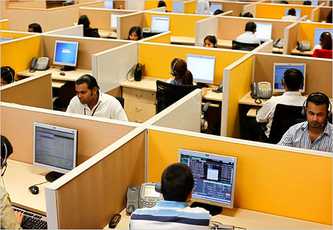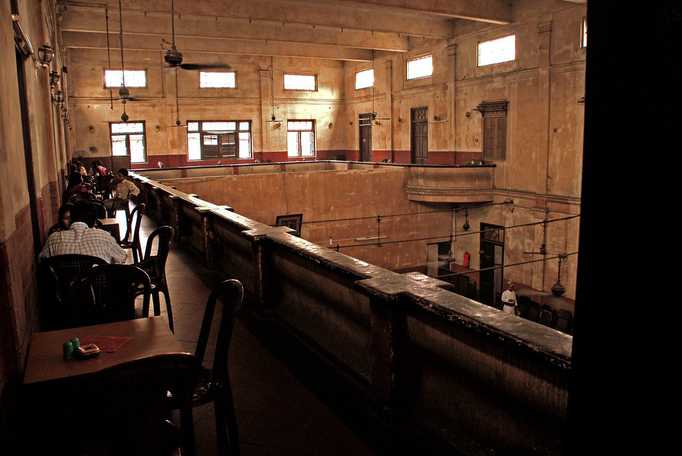Why No Two Bangaloreans Are Alike
We were unmindful of the linguistic and other ethnic differences between us - except that we knew to expect great biryani at Id from our Muslim classmates and turn red and grin like dipshits when our Anglo-Indian classmates brought their older sisters to school.
Feb 20, 2021, 18 56 | Updated: Feb 20, 2021, 18 56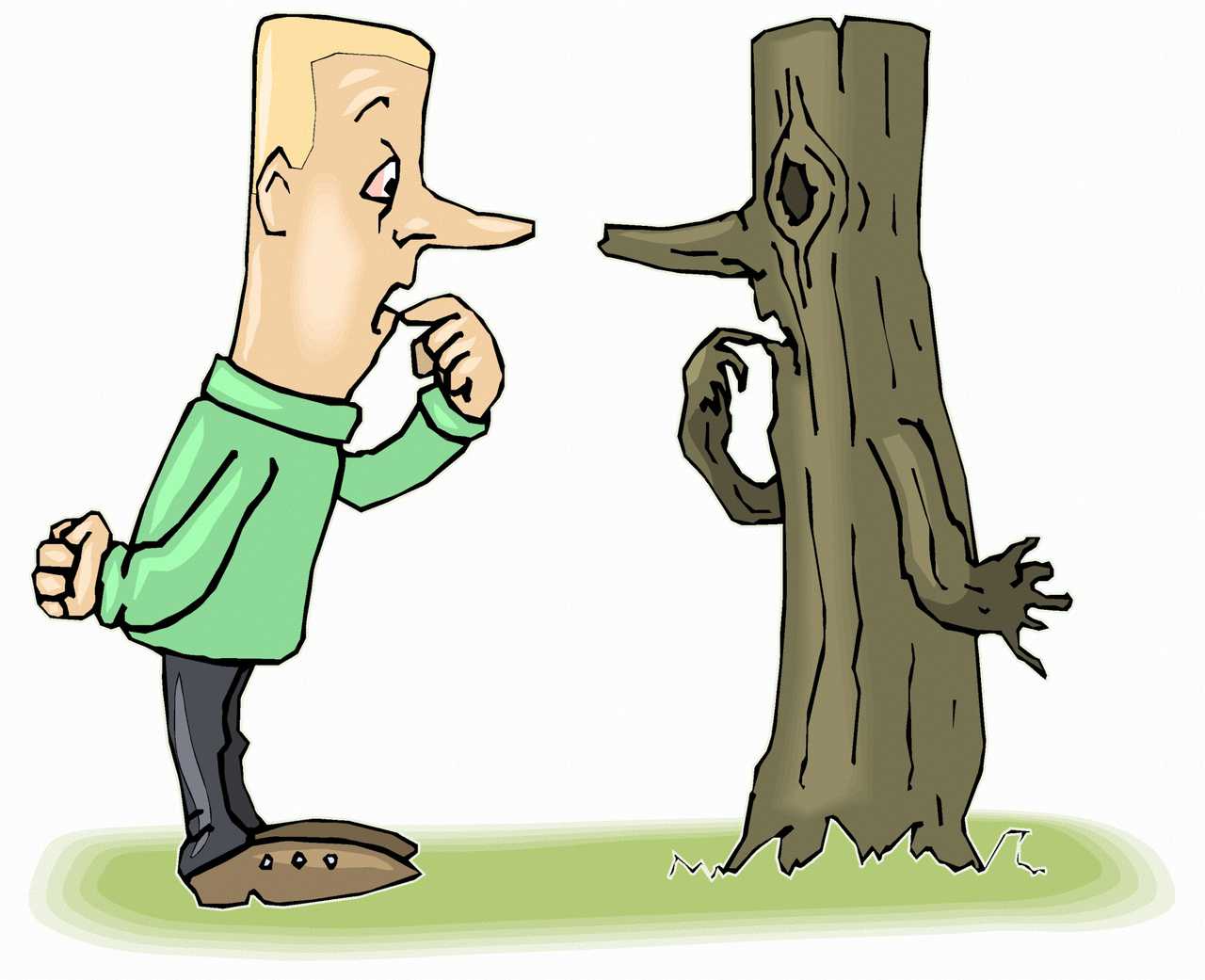
We like to think that even our mothers couldn't tell us apart.
We like to think that the homogeneity (means ‘sameness’) that hangs over us is downright goosepimply.
Bangaloreans are so different and yet so alike in so many respects that you can say, "Different cultures. One family" and have a nice, wholesome shiver-of-nationalism run down your spine.
Hang around parochial locales and observe the people.
The crowds that throng the temples in Ulsoor are distinct from the people near the Mar Thoma churches. There’s the diversity of Russel Market. Not far away are the lovelies swathed in silk in the Coorg and Bengalee Association halls on their special occasions. The wholesale markets of SJP Road, National Market and Commercial Street are host to traders of another diversity.
People from Rann of Kutch who moved here in the turn of the 19th century are some of the most colourful strands in the Bangalore fabric. There are those from the Sind province (left stateless by the selfless founders of the nations of India and Pakistan), who contribute, hugely and visibly, to the city’s hipness quotient.
The millions from Andhra whose origins go back to the campaigns of Krishna Deva Raya and Marathas from the campaigns of Shivaji (and Saatchi & Saatchi) all liked it here so much they decided to stay. As did the thousands who retired from the public sector companies years afterwards. And there are the multitudes from the Madras Presidency who occupied the British-administered areas, which used to be a Cantonment near the pettahs of the Bangalore that were in turn administered by the maharajas of Mysore or their 'dalwai' (or capo di tutti capi), Haider Ali and then, Tipu Sultan.
(It was all very confusing. Haider and Tipu ruled the state but weren't really the sultans, except in name. At the same time, a Wodeyar was king but only in name and not in practice. Was this Imperial outsourcing? Did they have a time-share in Mysore? Makes the head spin. No wonder Tipu had his ass handed to him after an unequal, ill-advised battle against the combined armies of Cornwallis, the Marathas, Hyderabad and Travancore.)
And just when we thought we only had the diversity of a few dozen ethnicities among us, the folks from the northeast states of the country - Manipur, Assam and neighbours - became the better looking fish in our bouillabaisse.
Over the centuries, whoever moved to Bangalore decided to stay in Bangalore. So, here we sit proudly, with a resident representation of more of India than any other city in the country.
Old Bangaloreans grew up with this. We went to school with a babel of kids in each class. We were unmindful of the linguistic and other ethnic differences between us - except that we knew to expect great biryani at Id from our Muslim classmates and turn red and grin like dipshits when our Anglo-Indian classmates brought their older sisters to school.
The tried and tested Bangalorean will find it difficult to adjust to any society that has an ethnic majority (means too many of the same kind of people). But how much has Bangalore changed in recent times? I thought I would find out.
In a remarkably unscientific experiment, on different occasions, at different types of places, I stared at the faces of people around me to see who they were. Every time, I could spot people from no fewer than five different ethnicities. Drinking beer or coffee. Bangaloreans all, comfortable in their skin.
How could I tell?
There's the rub. Fact is, most of us can guess the origins of our fellow Indians simply by looking at them.
That works well when we're not all from the same place. Like if you gatecrashed the gala at the Convention of Proctology Probe Manufacturers, you would not have to sniff butts to tell the Malayalee from the Mumbaikar. You’d narrow it all down admirably. But if we cosmopolitan, liberal Bangaloreans have been living together in Bangalore for so many decades, centuries even, how come I could tell one of us from another so easily?
Other than the obvious reason of endogamy (means folks not mixing up their fruit baskets), I realised that Bangalore has always been in beta, reinvented every few years by new people.
This means that although we have learned to drink happily with fellow aliens, Bangaloreans from time to time need a community fix - everyone needs to belong to something.
In my (equally scientific) study of Singapore, I found that the principal expression of belonging for a resident—Chinese, Malay or Indian—is being Singaporean. I wonder what it will take for the residents of this city to all equally claim to be Bangaloreans first.
For one thing, no one in Singapore set off communal or economic divisiveness for political gain. For another, the corporation of that city cares. (I have not heard of anyone in Singapore having to petition a corporator to move the pile of garbage away from the gate outside his house.)
The prospect of employment brought us all to live in Bangalore.
The weather keeps us here.
So does the fun of social freedom of living far away from the strictures of one’s community.
But the apathetic civic administration and the strictures on freedom that the police is trying to impose, might make us want to leave.
--------------------------------------------------------------
Ramjee Chandran is Editor-in-Chief and MD of Explocity.
rc@explocity.com (E-mail)
@ramjeechandran on Twitter
